Introductions:
Introduction of A320:
The Airbus A320 family is a series of narrow-body airliners developed and produced by Airbus. The A320 was launched in March 1984, first flew on 22 February 1987, and was introduced in April 1988 by Air France. The first member of the family was followed by the longer A321 (first delivered in January 1994), the shorter A319 (April 1996), and the even shorter A318 (July 2003). Final assembly takes place in Toulouse in France; Hamburg in Germany; Tianjin in China since 2009; and Mobile, Alabama in the United States since April 2016.
The twinjet has a six-abreast cross-section and came with either CFM56 or IAE V2500 turbofan engines, except the CFM56/PW6000 powered A318. The family pioneered the use of digital fly-by-wire and side-stick flight controls in airliners. Variants offer maximum take-off weights from 68 to 93.5 tonnes (150,000 to 206,000 lb), to cover a 5,740–6,940 kilometres; 3,570–4,320 miles (3,100–3,750 nmi) range. The 31.4 m (103 ft) long A318 typically accommodates 107 to 132 passengers. The 124-156 seat A319 is 33.8 m (111 ft) long. The A320 is 37.6 m (123 ft) long and can accommodate 150 to 186 passengers. The 44.5 m (146 ft) A321 offers 185 to 230 seats. The Airbus Corporate Jets are business jet versions.
In December 2010, Airbus announced the re-engined A320neo (new engine option), which entered service with Lufthansa in January 2016. With more efficient turbofans and improvements including sharklets, it offers up to 15% better fuel economy. Earlier A320s are now called A320ceo (current engine option).
American Airlines is the largest A320 operator with 469 aircraft in its fleet. In October 2019, the A320 family surpassed the Boeing 737 to become the highest-selling airliner. As of July 2023, a total of 17,737 A320s had been ordered and 10,997 delivered, of which 10,256 aircraft were in service with more than 340 operators. The global A320 fleet had completed more than 164 million flights over 303 million block hours since its entry into service. The A320ceo initially competed with the 737 Classic and the MD-80, then their successors, the 737 Next Generation and the MD-90, while the 737 MAX is Boeing's response to the A320neo.
Introduction of Syrian Air:
Syrian Airlines, operating as SyrianAir, is the flag carrier of Syria. It operates scheduled international services to several destinations in Asia, Europe and North Africa, though the number of flights operated has seriously declined since 2011 due to the Arab Spring and subsequent Syrian war. SyrianAir previously served over 50 destinations worldwide. Its main bases are Damascus International Airport and previously Aleppo International Airport. The company has its head office on the fifth floor of the Social Insurance Building in Damascus
Syrian Airways were established in 1946, with two propeller aircraft and started to fly between domestic network such as Damascus, Aleppo, Deir ez-Zour, Palmyra and Qamishli. The airline started its operations in June 1947 using two Beech D-18s and three Douglas DC-3 (C-47 Dakota). The Dakotas had been acquired from Pan American World Airways (PAA), which provided technical assistance to Syrian Airways during the first years of operation.
Syrian Airways also operated a regional network, with flights to Beirut, Baghdad, Jerusalem, Amman; followed by Cairo, Kuwait, Doha and Jeddah. The airline expanded during the next years to include Beirut, Baghdad, and Jerusalem, then Cairo, Kuwait and Doha, in addition to flights during the hajj.
Financial difficulties and the 1948 Arab–Israeli War led to the withdrawal of PAA and caused the suspension of service until mid-1951. The operation was resumed after receiving government support in 1952. In 1952, the airline was provided with three Douglas DC-3s and with four Douglas DC-4s in 1954, and in 1957 it received four Douglas DC-6s in the name of United Arab Airline.
On December 21, 1953, one of the airline's Douglas planes crashed near Damascus killing all nine aboard. The airline's operating permit was cancelled following the crash. The airline was allowed to fly again in 1954. The D-18s had been returned to the Syrian Air Force in 1949, while four additional Dakotas were acquired between 1952 and 1956.
One of the older Dakotas (YK-AAE) crashed during its climb out of Aleppo's Nayrab Airport on February 24, 1956, during a heavy storm. The 19 people on board died in the airline's worst accident to date. Newer and stronger planes were consequently added to the fleet in the mid-fifties: two Douglas DC-4/C-54 Skymaster, followed by a Douglas DC-4-1009 acquired from Swissair in December 1958, complementing an active fleet of four Douglas C47 Dakotas. The network was expanded to Dhahran in the Persian Gulf while frequencies were reinforced elsewhere.
Credit to GalacticaAsia for the A320
hadha kulu shay'in!
Specifications
General Characteristics
- Predecessor (Updated)A320[CFM]
- Created On iOS
- Wingspan 112.0ft (34.1m)
- Length 123.3ft (37.6m)
- Height 40.4ft (12.3m)
- Empty Weight N/A
- Loaded Weight 43,531lbs (19,745kg)
Performance
- Power/Weight Ratio 0.578
- Horse Power/Weight Ratio 0.068
- Wing Loading 27.7lbs/ft2 (135.2kg/m2)
- Wing Area 1,571.5ft2 (146.0m2)
- Drag Points 10128
Parts
- Number of Parts 504
- Control Surfaces 9
- Performance Cost 3,128

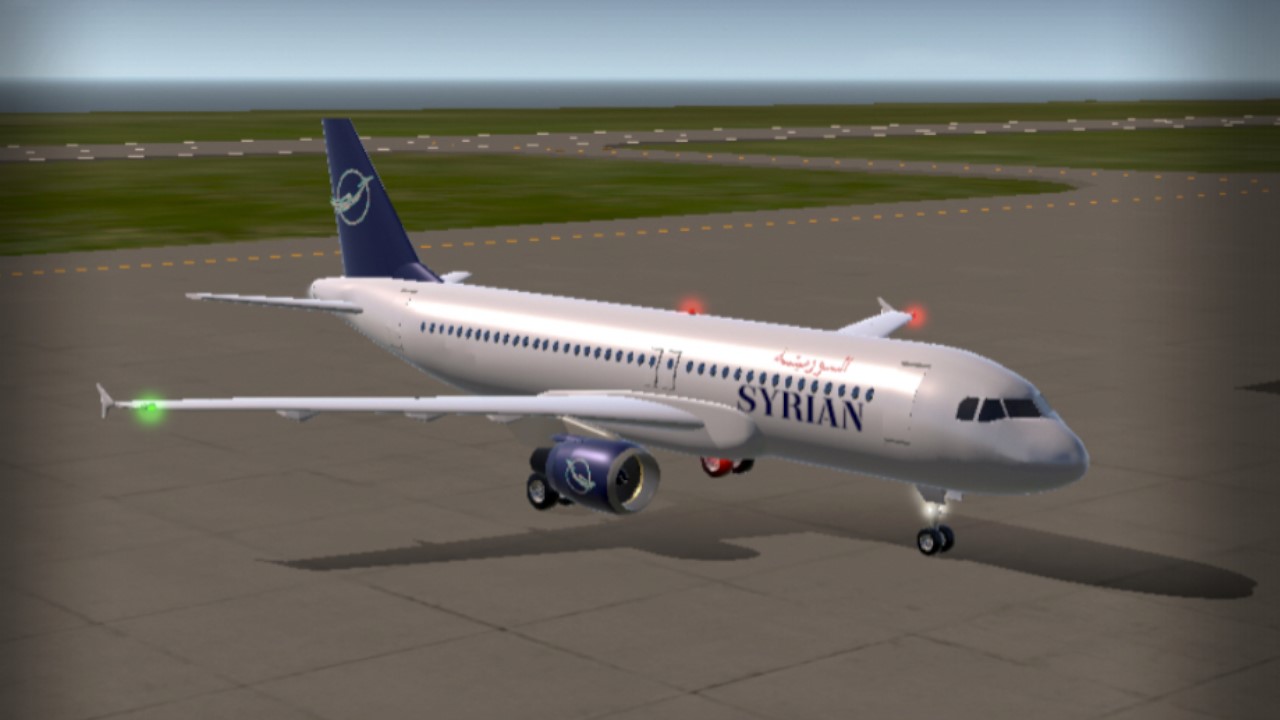
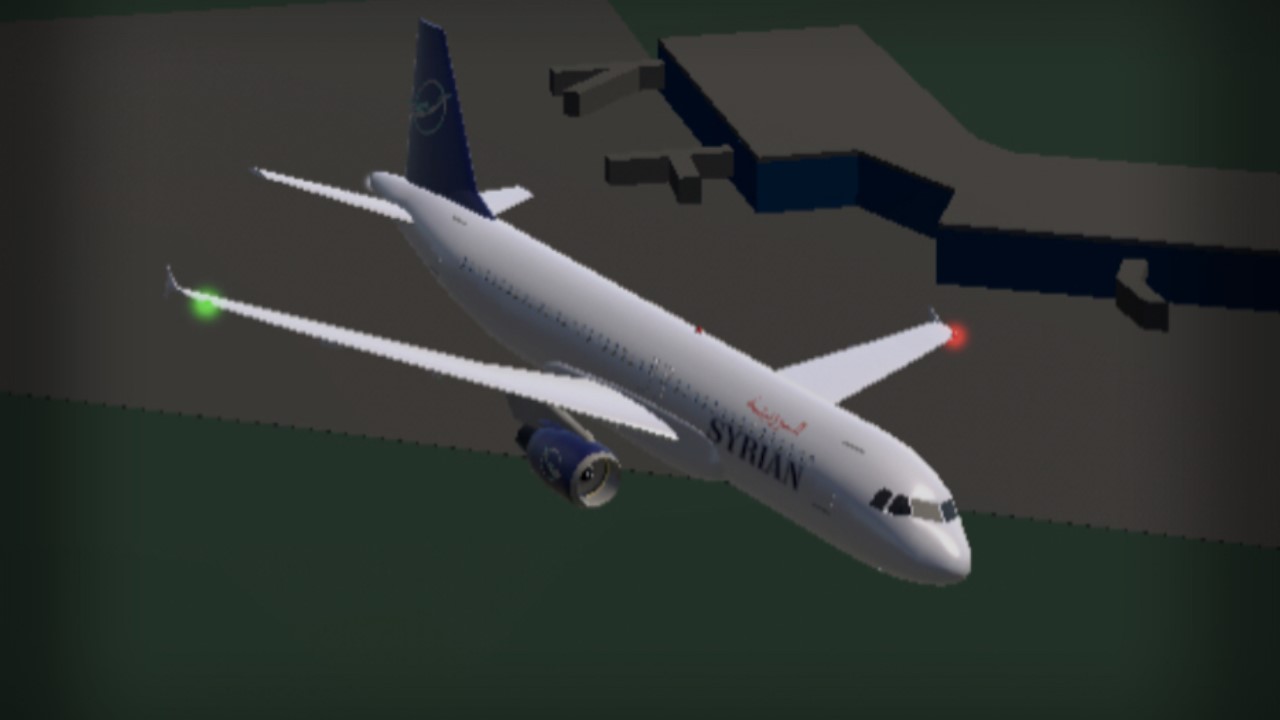
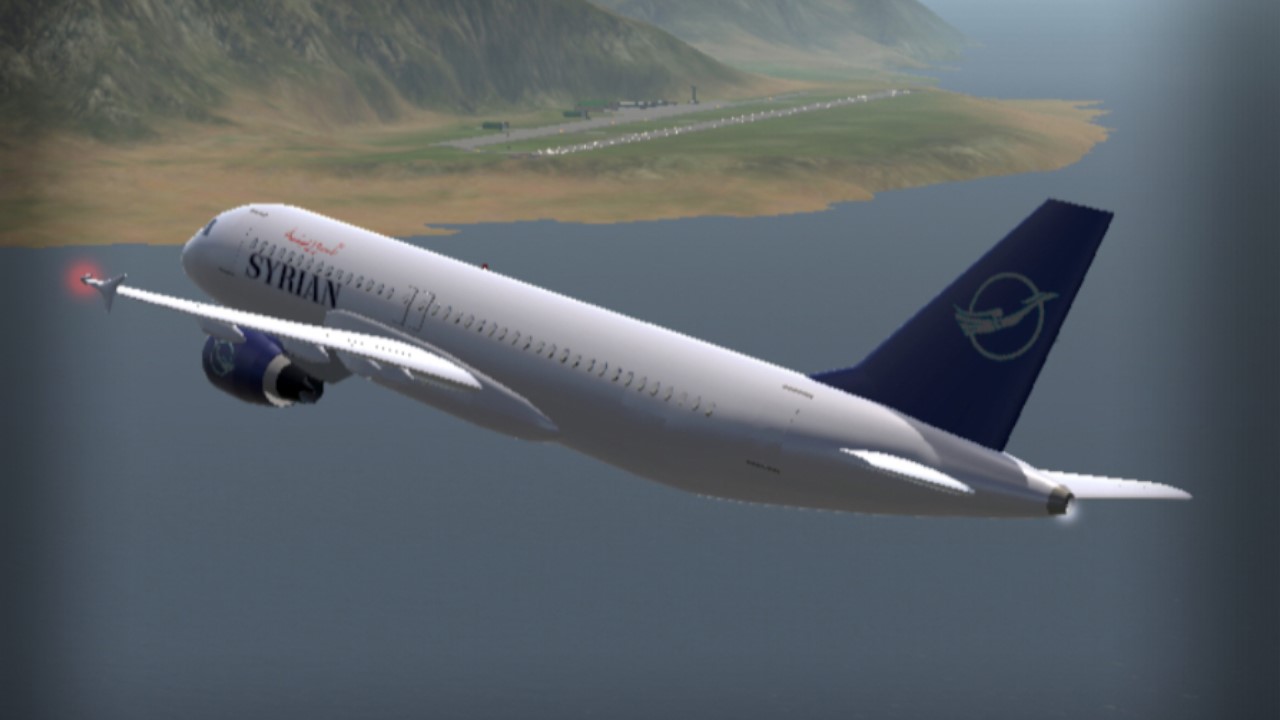
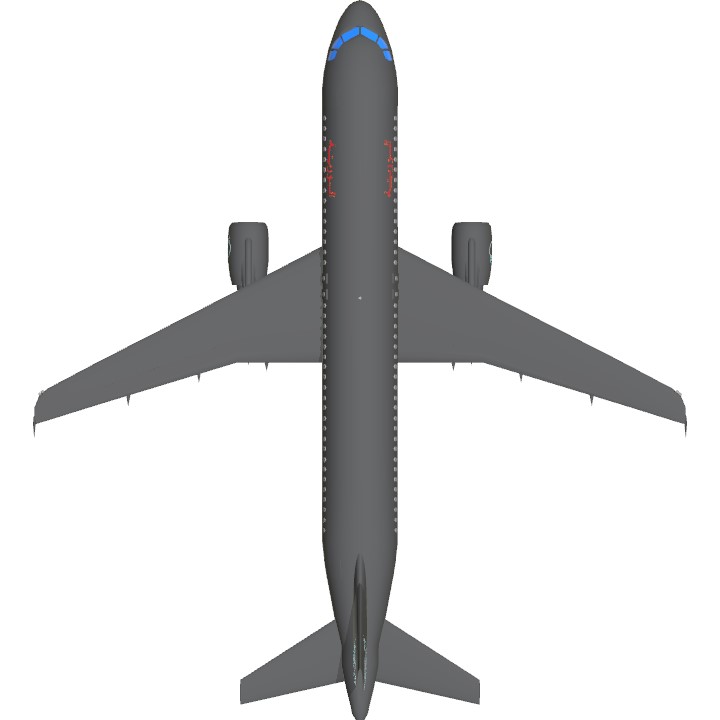
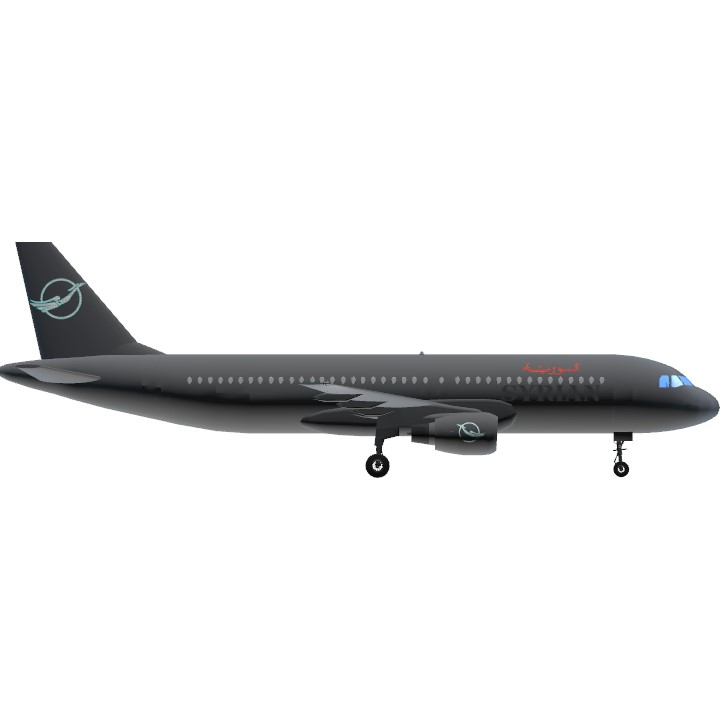

光荣属于叙利亚和阿拉伯联盟!
Glory belongs to Syria and the League of Arab States!